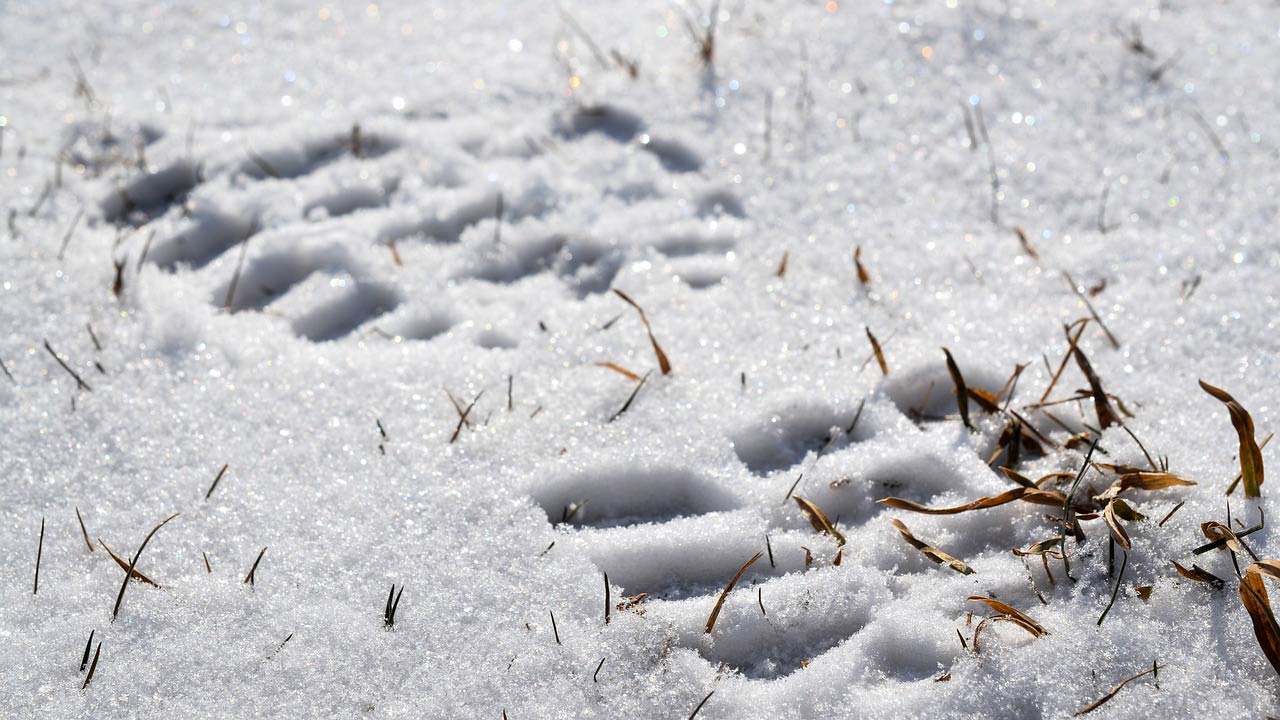Cold Weather Concreting
We still have a few cold weather months left in the UK and it is during the winter period that you should always take extra precautions when laying concrete. January and February seem to be particularly cold months, certainly so over the past few years. Freshly laid concrete can be extremely impacted by freezing temperatures leading to cracks and curing problems. Here’s a few tips that will help protect concrete from cold weather.
When Is It Too Cold To Pour Concrete?
Your concrete will tend to be exposed to the elements when the temperature drops below 5°c for a period of over 24 hours. In the UK this can happen any time between the colder months of October to February. Granted, the weather in the UK is fairly unpredictable at best, but when it gets cold… it gets COLD!
Avoid Frozen Ground
You must avoid pouring concrete on top of frozen ground or inside frozen cavities. This commonly happens over night, so always check before you pour. If you seen signs of the ground being frozen, you will need to wait until the ground thaws out properly. You can help prevent thawing by laying down insulation on the pour site the night before. Insulated blankets are very helpful for this and in the day time hours you can use Site Heaters.
Don’t Let Your Concrete Freeze
Once you’ve poured your concrete in cold temperatures, you will need to prevent it from freezing. Extra precautions are needed when temperatures begin to fall below 3°C. Thermal blankets will once again come in handy as they can be laid over the freshly poured concrete, be careful that the blankets don’t get caught in the concrete though. By doing this, the blankets will help regulate the heat of the concrete during curing.
Be mindful of chilly winds also as these can add to the temperature decline and also potentionally dislodge the Thermal Blankets. Consider building a windbreak around the pour site if the winds are strong enough to cause problems.
If your budget allows for site heaters, you will have three types of heaters available to you. These are:
- Direct Fired Heaters
- Indirect Fired Heaters
- Hydronic Systems
Indirect fired heaters should be used if you are trying to avoid carbonation on your freshly poured concrete surface. You may also be able to use a direct fired heater if your concrete is not directly exposed to the heaters exhaust. Hydronic systems will keep the concrete thawed and the area preheated by circulating a heated water or glycol solution through a series of pipes. This is best used when trying to heat and area that is too large to be enclosed.
CAUTION: Ensure that labourers are not exposed to carbon monoxide that may be produced by the heater
Keep Your Concrete Safe
If you follow these instructions on how to protect concrete from cold weather and your concrete should lay and cure correctly, even at colder temps. If you have any other questions regarding concrete in cold weather, contact our friendly team or ask your driver.
